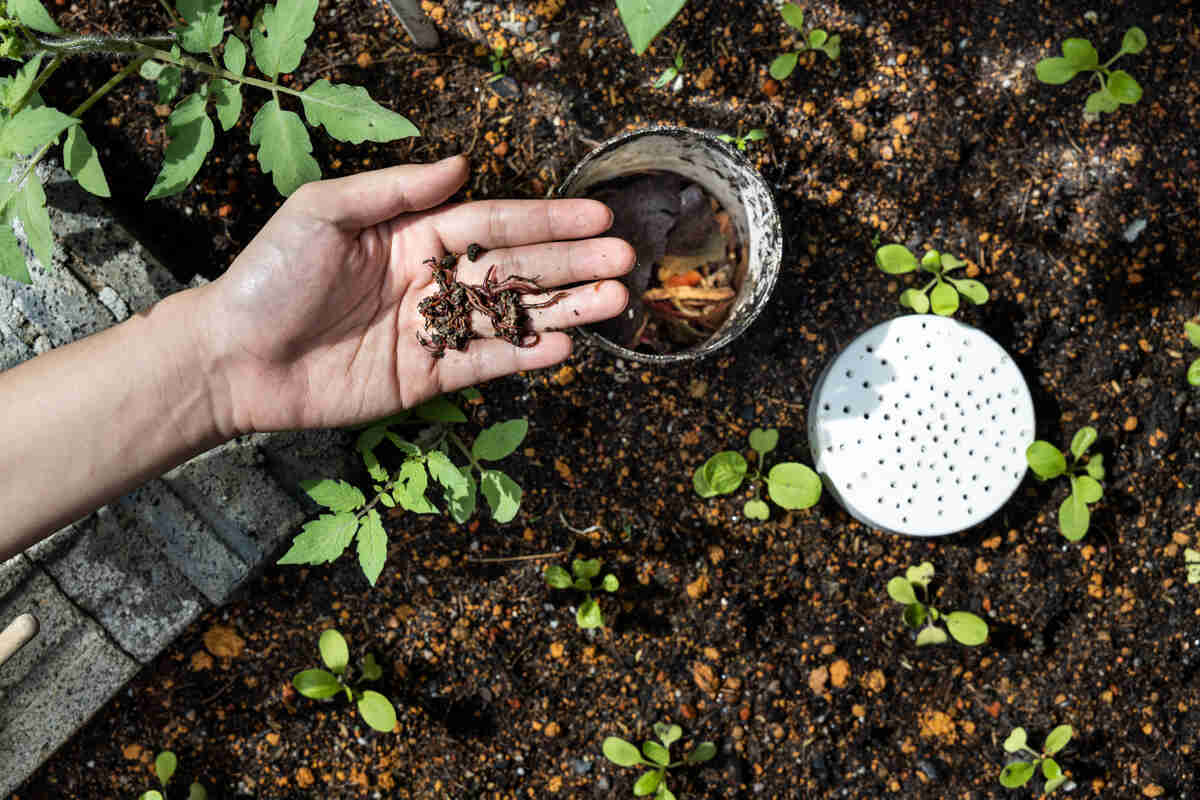Indicators on Red Wiggler Express You Should Know
Indicators on Red Wiggler Express You Should Know
Blog Article
Some Known Questions About Red Wiggler Express.
Table of ContentsRed Wiggler Express - TruthsNot known Facts About Red Wiggler ExpressMore About Red Wiggler ExpressRed Wiggler Express - An Overview
Vermicomposting most definitely isn't a new technique. We've been doing it right here at Uncle Jim's for years. With the international press for sustainability and with eco-friendly practices expanding in appeal, individuals are lastly coming around and acknowledging the ecological benefits of red wiggler worms and composting. In this post, we'll discuss how vermicomposting supports sustainable gardening and the environmental benefits of red wigglers and other earthworms.
This is the short of it. If you desire to read in-depth regarding red shakes, we have an entire write-up committed to them right here. Now, let's enter the nitty-gritty of just how these worms sustain lasting gardening practices and profit the environment: Worm composting resembles a health club day for your dirt.
When integrated into your yard soil, these spreadings enhance its structure, aeration, and water retention. This assists with plant growth and health and wellness and does not call for the usage of any type of chemicals. Did you know that organic waste composes a substantial part of landfill product? And decaying natural waste in landfills develops large amounts of garbage dump gas (LFG), which is consisted of around 50% carbon dioxide and 50% methane a greenhouse gas around 28 more effective than CO2.
By diverting your kitchen area scraps and backyard waste into a worm composting container, you're effectively minimizing the quantity of organic waste that ends up in land fills. Neglect concerning chemical plant foods worm spreadings are the genuine bargain.
Not known Factual Statements About Red Wiggler Express

Mix the nutrient-rich worm castings into your garden dirt or use them as a leading dressing for potted plants. In a world where sustainability is becoming increasingly crucial, red wigglers radiate as unsung heroes of horticulture.
Composting may look like old news, but doing it with a container complete of worms most likely does not. Red wiggler worms use great advantages to the natural gardener, producing both an all-natural plant food and an efficient pesticide. And they eat your kitchen area scraps. The worth of red wigglers, a.k (Worm Farms United States).a. Eisenia fetida, hinges on their waste matter, recognized as worm spreadings.
Worm spreadings may be bought at shops such as SBS in Winery Place or Vineyard Gardens in West Tisbury, but to raise the worms in a garden compost bed and harvest your own castings is far more enjoyable. The job of these worms is a component of lasting living. Red wigglers are aboriginal to horse manure, where they burrow to lay eggs.
The smart Trick of Red Wiggler Express That Nobody is Talking About
(https://www.ehbact.com/hickory/red-wiggler-express)They can not make a great deal of it." He covers the bin with straw, then a piece of old rug. "They like the heat," he states. Lynn discusses the manufacturing of castings and 2 usages: as a plant food and as a pesticide. "They absorb deteriorating matter. It passes via them and adds calcium to make this rich earth," she claims.
"We call it golden tea," says Lynn. "I did it to see if it would certainly make a distinction on white flies and aphids. My rosemary had a mold and mildew or fungus. After I sprayed, quickly it looked far better." The red wiggler is a vast breeder, laying eggs as often as when a week.
It takes three to 5 months for a child worm to reach sexual maturity and the adult size of three inches. Their lifetime is four to five years unless certainly they are made use of for lure. As freshwater fish lure, wigglers wriggle on the hook and survive underwater longer than traditional earthworms.

As one of the Epigeic class of garden compost worms, the typically does not show up in dirts. The worm is red or reddish-brown in color and has a smooth, round shape.
A red wiggler worm can mature to 4 inches in length but is typically just about two and a fifty percent inches. The worm has a tiny mouth situated at the front of its head. It additionally has small bristles, called setae, which aid the worm relocation and anchor itself to surface areas.

Report this page